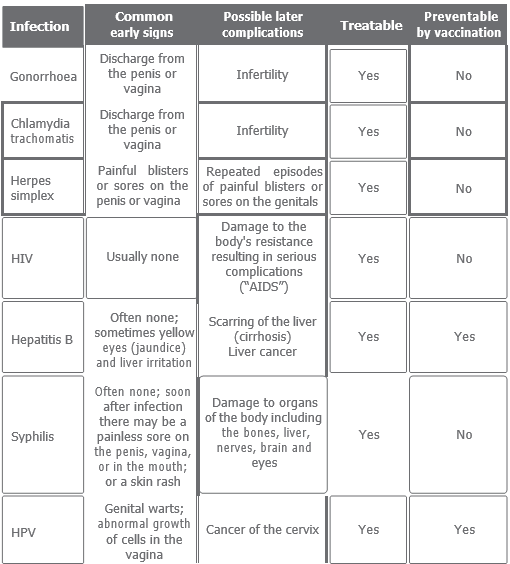If you're sexually active, especially with multiple partners, you’ve likely heard advice like, "Use safer sex practices, protect against unplanned pregnancy, and get tested."
Testing is important because STIs can be present without symptoms. The type and frequency of tests depend on factors like your age, sexual behaviors, and risk factors.
If you're considering testing, talk to your doctor about which tests are right for you. Remember, STI testing may not be included in routine exams like gynecologist visits or Pap tests.
The American Centers for Disease Control (CDC) encourage STI testing if one or more of the following apply to you:
Once a year, it is recommended to test for Gonorrhoea, Chlamydia trachomatis, Herpes simplex virus, HIV (if you are not already known to be positive), Hepatitis B virus (if you have not previously been vaccinated or are not known to be immune), and Syphilis.
Less often, in women, testing for Human papillomavirus (HPV) is recommended. HPV is the cause of cervical cancer, and testing for HPV infection is advised after the age of 30 years. For women under 30 years, a pap smear is the recommended test to detect early signs of cervical cancer. In many countries, the first pap smear is recommended at age 21 or within three years of becoming sexually active. Pap smears should then be conducted annually until the age of 30. After 30, HPV testing is recommended, although in South Africa, less frequent testing is advised.
STI tests are performed by specialised laboratories on a urine sample (preferably the first sample of the morning), or on a swab taken from the penis in men and the cervix in women. In addition, a tube of blood is required to complete the screening procedures. Swabs need to be collected by a trained healthcare practitioner. For this reason many people prefer to collect a suitable urine sample on their own and submit this for testing.
A cervical sample is required for HPV testing or a pap smear. Speak to your healthcare practitioner about screening for cervical cancer.
No test is 100% accurate, so it's possible that some infections may not always be detected. Blood tests for STIs like HIV, Hepatitis B and Syphilis may take a few weeks to become positive. This will be explained in the report that is issued by the laboratory.
On average, the results of the tests mentioned above should be available 2 – 3 days after the urine, blood, or swab arrives in the laboratory.
All the STIs mentioned above can be transmitted to sexual partners. Many of them can cause later complications. The most important of these are shown in the following table:

There are several other types of STI's, but a decision to test for them should be made after a consultation and examination by your doctor. The infections listed here are the most important ones that can affect your and your partners' health.
You will need to consult your doctor who will review the laboratory report and undertake the necessary treatment. You may be advised that your regular sexual partner/s may also need to be tested and treated. Depending on the type of STI that's been diagnosed, further medical assessments may be required and follow-up laboratory tests may need to be done.
This is a special situation as the health of both the mother and the developing baby may be affected by STIs as well as other infections. Tests for a much wider range of infections are therefore recommended. Your doctor will advise you on the appropriate investigations that need to be done as part of your routine antenatal care.
Richmond, Johannesburg,
2092